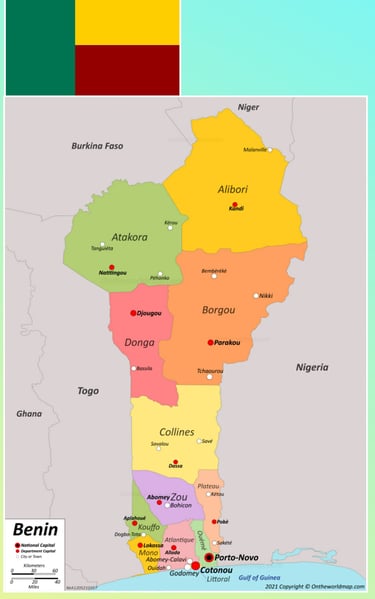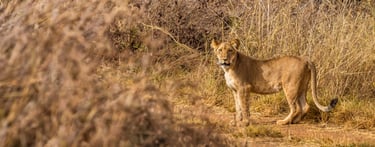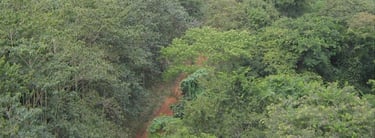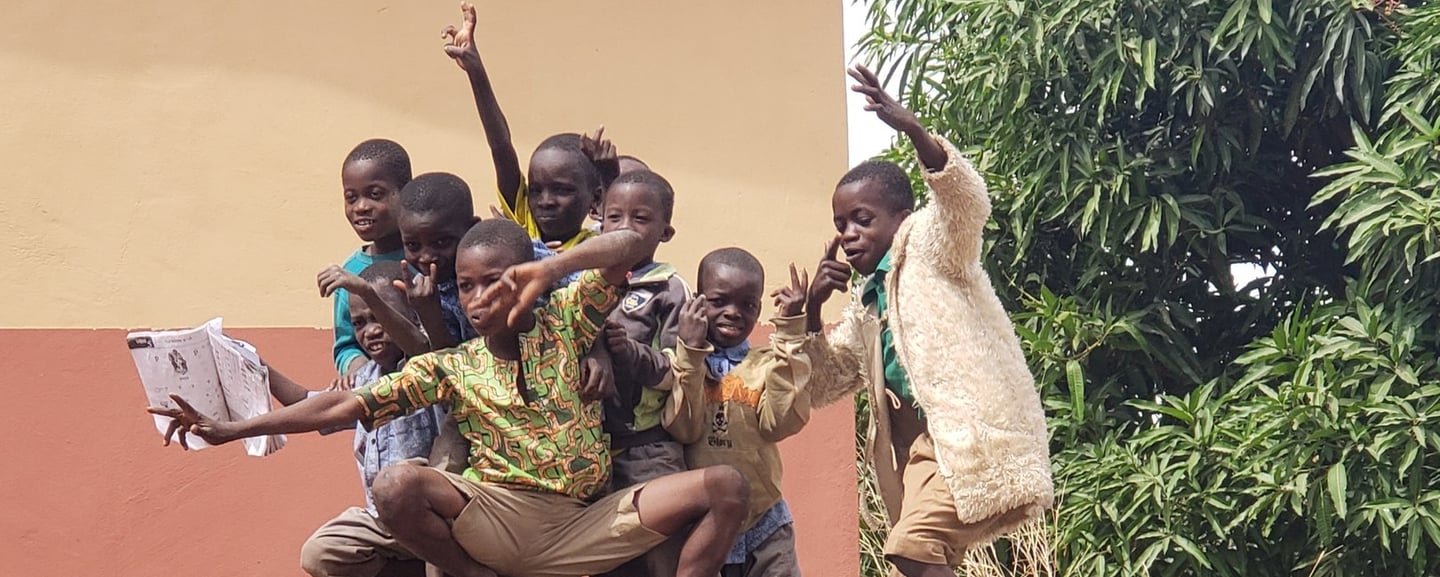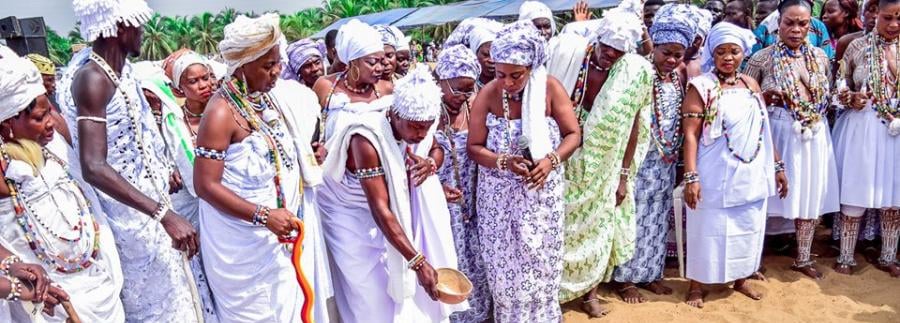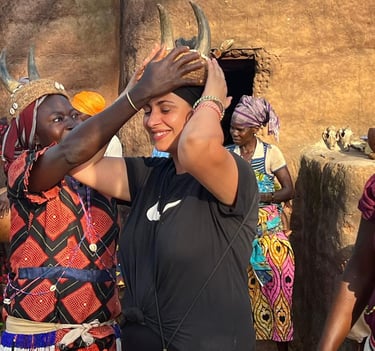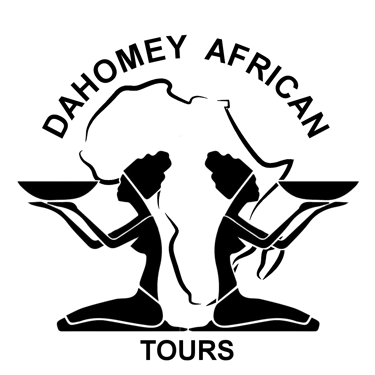Welcome to the Land of Spirituality(Kwabo)
Exploring Benin With West Africa's Leading Tour Company
Known as the former Dahomey and the first African country adopted democracy policy in 1990, Benin's ethnic diversity and friendly people is a must visit for any visitors waiting to witness West African Culture. Traditional Festival such as: Voodoo Festival, Yam Festival, Gaani or Horse Festival, Nonvitcha Festival... are commonplaces and have never changed in centuries.
Cradle of voodoo, Benin landscapes, beautiful and cleaning beaches, nice forests, several hills, ancient connection with arts and crafts(Bronze, Brass Works, Pottery, Kanvo, Abomey Royal Hanging with the king's symbols)
From different traditional dances, traditional naming ceremony, tribal marks, local market's vibration, funeral to the cohabitation of the religions and many other things will make our wonderful traveller's stay completed and ensure our visitors never been disappointed.
In parallel with your excursions, we make you discover during our trips, the hospitality and the authenticity of the Beninese. In immersion, you take part in their daily life and roam on a scooter from village to village, discovering unique landscapes, always closer to the local population. Rhythmed by the sound of the djembe and in the colors of Africa... Get ready to get to know this country, which is lived more than visited! For frequent travellers, we also offer extensions to continue your journey. Do not hesitate to contact us.
Benin is marked by three distinct types of vegetation. In the northern Sudanese regions, you'll find wooded savannah. The central areas are graced with savannah characterized by species like Mahogany, Iroko, and Samba. Moving further south into the middle and southern regions of Benin, the landscape transforms into lush forests.Benin is marked by three distinct types of vegetation. In the northern Sudanese regions, you'll find wooded savannah. The central areas are graced with savannah characterized by species like Mahogany, Iroko, and Samba. Moving further south into the middle and southern regions of Benin, the landscape transforms into lush forests.
In the northern region, you'll find two expansive national parks, perfect for safari adventures and birdwatching. The first is Pendjari Park, spanning an area of 275,000 hectares, while the second is the "W" Park, covering an extensive 502,000 hectares. These remarkable parks are home to a diverse array of wildlife, including elephants, buffaloes, hippos, lions, cheetahs, caimans, antelopes, various bird species, monkeys, reptiles, leopards, insects, and much more.
As of August 2023, Benin boasts a population of approximately 13.8 million people, as per Worldometer's analysis of the most recent data from the United Nations. This diverse nation is composed of 60 distinct ethnic groups, each conversing in 46 different languages and dialects.
The hospitality of the people of Benin is truly exceptional. Beninese individuals are known for their warmth and friendliness, and they will greet you with genuine smiles and open-hearted welcomes. It's not uncommon to be pleasantly surprised with offerings of food and beverages, as this is a fundamental expression of Beninese hospitality. It's worth noting that using your left hand for eating or offering something to another person is considered impolite.
Benin has two (02) types of climate: In the south, an equatorial climate with high humidity. Alternation of dry seasons (from November to March and from mid-July to mid-September) and rainy seasons (from April to mid-July and from mid-September to October). In the center and north, a tropical climate. A dry season from November to April and a rainy season from June to September. The harmattan, a hot and dry wind coming from the Sahara, blows across the entire territory during the dry season. In Cotonou, temperatures have a low range: maximums vary from 28 to 32°C and minimums from 23 to 26°C. The annual rainfall in this city is 1245 mm.
Proclaimed a republic on December 4, 1958, Benin achieved international sovereignty on August 1, 1960, under the name Dahomey. The country has been widely recognized for the "exemplary" nature of its democratic journey, which began in February 1990 with the National Conference of Living Forces. Since then, Benin has experienced several presidential, legislative, and local elections, marking the peaceful transfer of political power. Over the span of fifteen years, this era of political liberalism witnessed three changes in the country's leadership.
Broadly speaking, Benin's contemporary political history can be divided into three distinct phases: a period of political instability, a time of military-Marxist rule, and an era of democratic renewal. It was during the military-Marxist period that the country changed its name from Dahomey to the Republic of Benin. In February 1990, a national conference yielded two pivotal decisions. The first established economic and political liberalism, democracy, and the rule of law. The second decision led to the appointment of a Prime Minister to assist General Mathieu Kérékou, who retained the presidency but with reduced powers. This marked a significant shift towards democratic renewal in Benin. The Prime Minister, chosen by the National Conference, was Nicéphore Soglo, a former World Bank administrator, tasked with leading the transitional government.
This transitional government's mission was to implement key measures leading to the adoption of a new constitution and the organization of general elections. Notably, the two main figures of this period, President Mathieu Kérékou and Prime Minister Nicéphore Soglo, worked in harmony during the twelve-month transition, setting an example for the nation. On December 11, 1990, a new fundamental law, that of the Fifth Republic, was promulgated after approval through a referendum. This constitution clearly embodied the decisions of the National Conference, emphasizing democracy and the rule of law and opting for a presidential republican system with a separation of powers among the executive, legislative, and judicial branches. Three months later, legislative and presidential elections concluded the transition period, with the newly established National Assembly, a unicameral body serving four-year terms, presided over by Maître Adrien Houngbédji, a lawyer and former political exile.
In the second round of presidential elections, Nicéphore Soglo emerged victorious over Mathieu Kérékou. However, Soglo had to relinquish the presidency to Kérékou after the presidential elections in 1996. Five years later, Benin returned to General Mathieu Kérékou as its President. In 2006, with both Kérékou and Soglo absent, the political landscape became more diverse. The first round of elections took place on March 5, 2006, featuring twenty-six candidates, both seasoned and newcomers. Surprisingly, Boni Yayi, perceived as a product of "a spontaneous generation in politics" by his opponents, secured victory with over 75% of the votes cast. In the subsequent year, Yayi's supporters coalesced within the Cauris Forces for an Emerging Benin (FCBE), winning legislative elections, which also resulted in the election of Mathurin Nago as the President of the National Assembly, who came from this movement.
This period saw the emergence of two key figures within Benin's political landscape: the President of the Republic, Boni Yayi, and his main challenger, Adrien Houngbédji, who acted as the primary opposition to the ruling power. In 2011, Boni Yayi was re-elected for a new five-year presidential term in the first round of elections. In March 2016, the people of Benin elected President Patrice Talon in the second round of the presidential election. On April 6, 2016, President Patrice Talon was inaugurated and has since been in office.
Customise your Benin, Togo, Ghana, Senegal & Ivory Coast Tours
For more details including itineraries and prices, please message or contact us below using the Book a Tour now form
Originally, Benin was home to several ancient kingdoms, with the most notable among them being Dahomey, Xogbonou, Allada, Nikki, Kouandé, and Kandi. The first rulers of Abomey and Porto-Novo traced their origins to the Adja-Fon migration from Tado in Togo, while other communities had roots in Nigeria, Niger, or Burkina Faso. Consequently, the country flourished as a cradle of venerable and sophisticated civilizations, centered around these city-states, which were well-organized political entities boasting functional urban hubs.
These kingdoms had cultivated a thriving local trade, initially focused on the slave trade from the 17th century and later transitioning to the trade of palm oil following the abolition of the slave trade in 1807. This economic activity led to the establishment of trading posts controlled by various European powers, including the English, the Danes, the Portuguese, and a few French, along the coast, aptly named the "Slave Coast." In 1704, France was granted permission to establish a port in Ouidah, and in 1752, the Portuguese discovered Porto-Novo. In 1863, the first French protectorate was established, with King Toffa of Porto-Novo seeking assistance due to disputes with the King of Abomey and threats from the English in Lagos.
In the same year, Glèlè, the king of Abomey, allowed the French to establish themselves in Cotonou. By 1882, the sovereign of the Kingdom of Porto-Novo signed a new protectorate agreement with France, which included the assignment of a "French resident" responsible for aiding the king. The culmination of this expansion came in 1894 when the French, having subjugated local rulers, established the colony of Dahomey and its surrounding territories. The territory took its name from the most dominant kingdom and the one most resistant to foreign influence: Dahomey, presided over by its legendary ruler, King Béhanzin.









